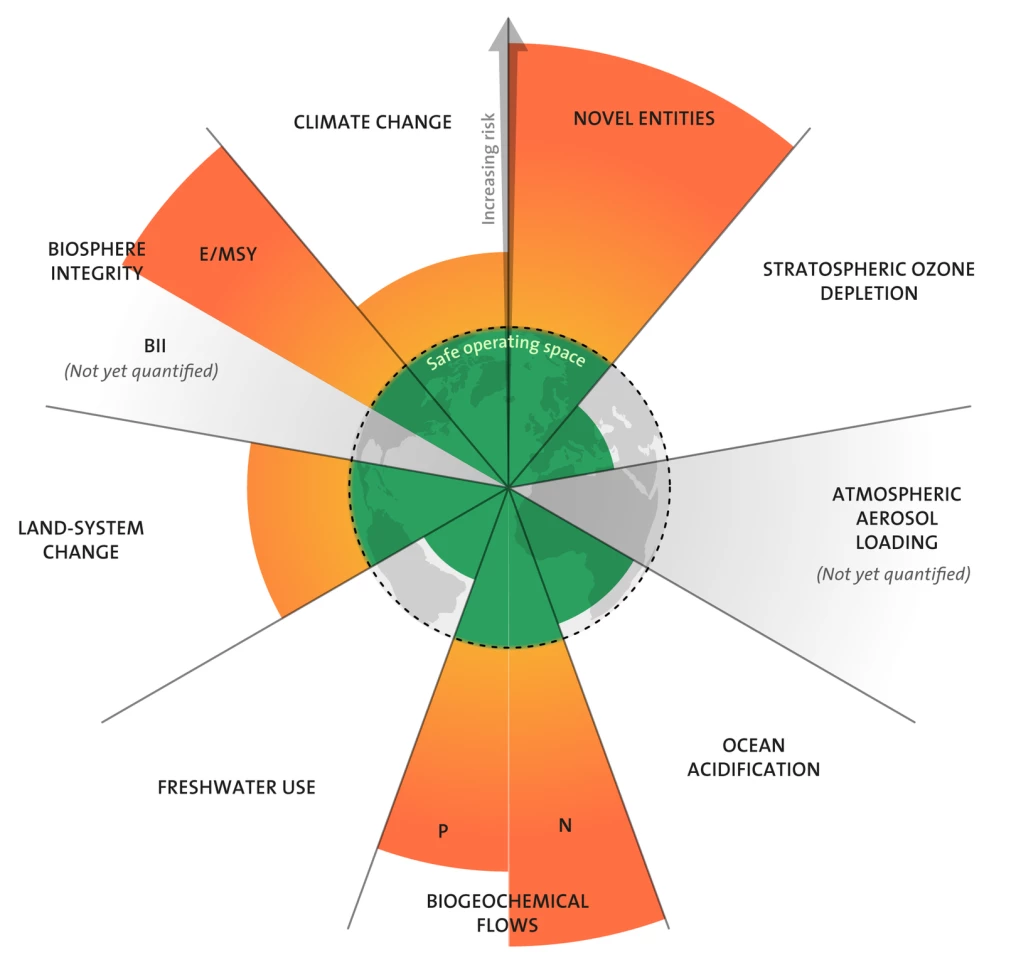Chemical pollutants, including plastics, can impact the Earth in all kinds of ways. Manufacturing of these "novel entities" has grown so rapidly that governments are now unable to assess, let alone control the risks to Earth's ecosystems, new research has found, taking us beyond a safe "planetary boundary" and endangering the planet's stability.
Led by scientists at the Stockholm Research Centre, the study takes stock of the rate manufactured chemicals are entering the environment, and is claimed to be the first to asses the impact on the stability of the Earth system. There are around 350,000 of these "novel entities," on the global market, according to the researchers, including plastics, pesticides, industrial chemicals, chemicals in consumer products, pharmaceuticals and antibiotics, much of which make their way into the environment.
“There has been a 50-fold increase in the production of chemicals since 1950. This is projected to triple again by 2050,” said co-author Patricia Villarubia-Gómez from the Stockholm Resilience Centre.

The scientists looked at this problem through the framework of what they called planetary boundaries, which represent the stable state Earth has existed in for 10,000 years. These boundaries include safe limits for greenhouse gas emissions, biodiversity, freshwater and other environmental factors that can impact the stability of the planet. The new study explores the boundary for novel entities and examines the many ways they can impact the planet's health, through mining, fracking, and waste management, for example.
"The pace that societies are producing and releasing new chemicals and other novel entities into the environment is not consistent with staying within a safe operating space for humanity," said Villarubia-Gómez.
Plastics are of particular concern, with the material containing more than 10,000 chemicals and therefore introducing all manner of new hazards to the environment. Studies have shown plastic to be present in the world's most remote environments, including the Arctic, Antarctic and high on Mt Everest. Further, they have shown how plastics can impact living marine organisms and even have toxic effects on human cells.
According to the team, plastic production increased by 79 percent between 2000 and 2015, and the total mass of plastics on Earth is more than twice the mass of all living mammals. Around 80 percent of plastics ever produced still persist in the environment, with production and subsequent pollution only expected to continue to increase.
The scientists say that together these trends on chemical production and pollution are endangering the Earth system, and steps should be taken to stem the flow.
“We need to be working towards implementing a fixed cap on chemical production and release,” said Carney Almroth.
“And shifting to a circular economy is really important," added Sarah Cornell from the Stockholm Resilience Centre. "That means changing materials and products so they can be reused not wasted, designing chemicals and products for recycling, and much better screening of chemicals for their safety and sustainability along their whole impact pathway in the Earth system,”
The research was published in the journal Environmental Science and Technology.
Source: Stockholm Research Centre





